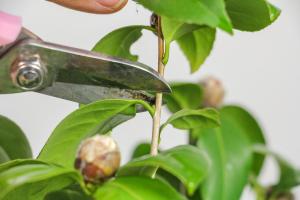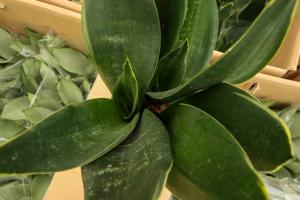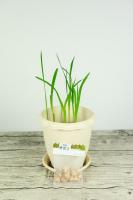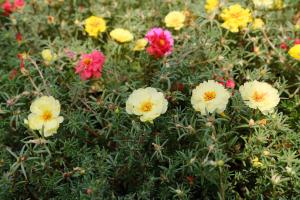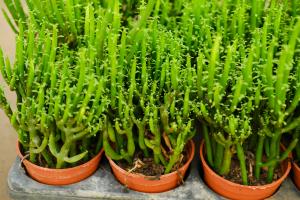When Should I Put Tomato Plants Outside?
Tomatoes are a beloved summer crop, known for their juicy, sun-ripened flavor. But if you're planning to grow tomatoes, one of the biggest questions you might have is when to plant them outside. While the timing will vary depending on your climate and location, there are a few key things to keep in mind to ensure your tomato plants thrive.
Factors to Consider
Before you plant your tomato seedlings outside, it's important to consider a few factors:
The average last frost date in your location
The temperature and weather forecast for the next few weeks
The maturity of your seedlings
The amount of sunlight and water your plants will receive
All of these factors can impact the success of your tomato plants, so it's important to take the time to evaluate each one carefully.
Last Frost Date
In general, tomatoes should not be planted outside until after the last frost date in your area. Planting too early can expose your seedlings to frost damage, which can stunt their growth or even kill them outright.
To determine your last frost date, you can consult a local gardening guide or check with your nearest weather station. Note that this date may vary slightly from year to year, so it's worth keeping an eye on the weather forecast in case of any unexpected temperature drops.
Temperature and Weather
Even after the last frost date has passed, it's still important to pay attention to the temperature and weather forecast before planting your tomatoes outside. Tomato plants prefer warm, sunny weather with consistent temperatures at or above 60°F.
If temperatures are still dipping below this threshold, you may want to wait a few more weeks before planting your seedlings. Similarly, if there is rain or heavy wind in the forecast, it may be best to hold off until weather conditions improve.
Seedling Maturity
The maturity of your tomato seedlings is also an important consideration when deciding when to plant them outside. Ideally, your seedlings should be at least six to eight weeks old and have several sets of true leaves before being transplanted.
If you start your tomato seeds indoors, be sure to time your planting so that your seedlings are mature enough to move outside during the optimal planting window.
Light and Water
Finally, consider the amount of sunlight and water your tomato plants will receive once they're outside. Tomatoes prefer full sun and need at least six hours of direct sunlight per day to grow and produce fruit.
Additionally, tomatoes require consistent moisture to thrive. Be sure to water your plants deeply and regularly, and consider using mulch to help retain moisture in the soil.
Conclusion
Planting tomato plants outside can be a rewarding and enjoyable experience. By taking the time to consider factors like last frost date, temperature and weather, seedling maturity, and light and water requirements, you can help ensure that your plants grow strong and healthy, and produce delicious, juicy tomatoes all summer long.

 how many times do yo...
how many times do yo... how many planted tre...
how many planted tre... how many pine trees ...
how many pine trees ... how many pecan trees...
how many pecan trees... how many plants comp...
how many plants comp... how many plants can ...
how many plants can ... how many plants and ...
how many plants and ... how many pepper plan...
how many pepper plan...